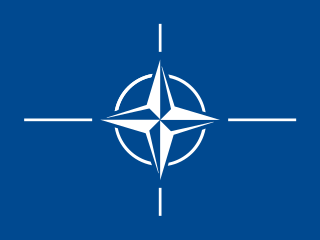The North Atlantic Treaty Organization (NATO) is an intergovernmental military alliance comprised of 30 member countries from North America and Europe. As an emblem of its unity and collective defense, NATO has a distinctive flag that represents the organization’s mission, values, and member states.
NATO Flag Facts
| Fact | Description |
|---|---|
| Design | A rectangular flag with a dark blue background and the NATO emblem in the center |
| Emblem | The NATO emblem consists of a white compass rose, encircled by a white wreath, on a dark blue background |
| Dark Blue Color | Represents solidarity, commitment, and the maritime influence of NATO member states |
| Compass Rose | Symbolizes guidance, direction, and the organization’s mission to promote peace and stability |
| White Wreath | Represents collective defense, cooperation, and the unity of the member countries |
| Flag Dimensions | The official NATO flag has a ratio of 3:5, where the length is 1.67 times the height |
| First Use | The NATO flag was officially adopted in 1953, replacing the previous flag design |
| Flag Protocol | It is displayed during official NATO events, military exercises, and headquarters |
Design and Symbolism
The NATO flag features a dark blue background, which represents solidarity, commitment, and the maritime influence of NATO member states. It signifies the collective determination to maintain peace, security, and stability among the member countries.
At the center of the flag is the NATO emblem, which consists of a white compass rose, encircled by a white wreath, on a dark blue background. The compass rose symbolizes guidance, direction, and the organization’s mission to promote peace and stability. It represents NATO’s role in fostering cooperation, coordination, and shared values among its member states.
The white wreath surrounding the compass rose represents collective defense, cooperation, and the unity of the member countries. It signifies the commitment of NATO nations to stand together and protect one another in the face of common threats and challenges.
Together, the dark blue background, compass rose, and white wreath on the NATO flag convey the organization’s mission, values, and the collaborative efforts of its member states.
Significance
The NATO flag holds significant symbolism as it represents the unity, collective defense, and shared values among its member countries. It serves as a visual reminder of the organization’s mission to safeguard peace, promote stability, and foster cooperation.
The dark blue background of the flag reflects the solidarity and commitment of NATO member states. It signifies the maritime influence and highlights the importance of naval operations and security in NATO’s activities.
The compass rose on the emblem symbolizes the guidance, direction, and purpose of NATO. It represents the organization’s mission to promote peace, stability, and cooperation among its member countries. The compass rose reflects the importance of shared values, mutual understanding, and common objectives within the alliance.
The white wreath surrounding the compass rose represents the unity, cooperation, and collective defense of NATO member states. It signifies the commitment to support and protect one another, as well as the shared responsibility to ensure peace and security in the Euro-Atlantic region.
Other Flags
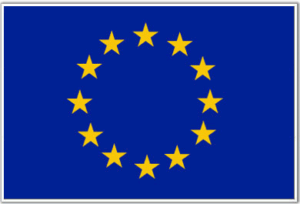 |
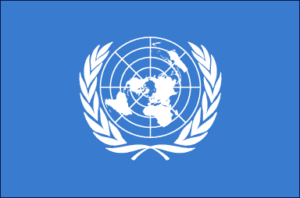 |
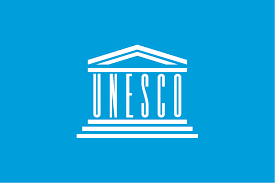 |
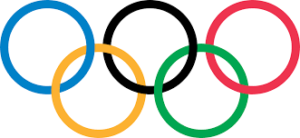 |
| Flag of the United Nations | UNESCO FlagInternational Olympic Committee (IOC) flag | Olympic Flag | |
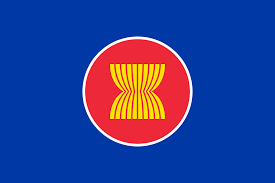 |
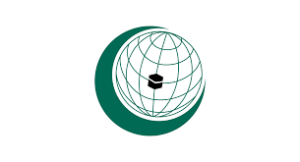 |
||
| ASEAN Flag | Flag of the Organisation of Islamic Cooperation |

